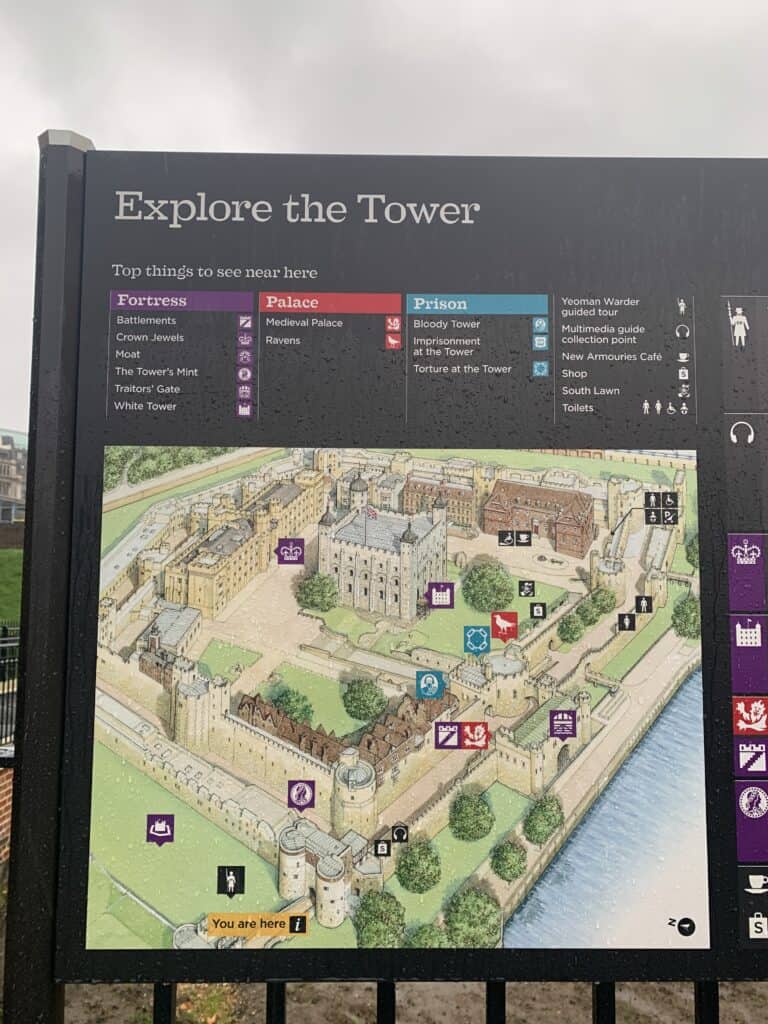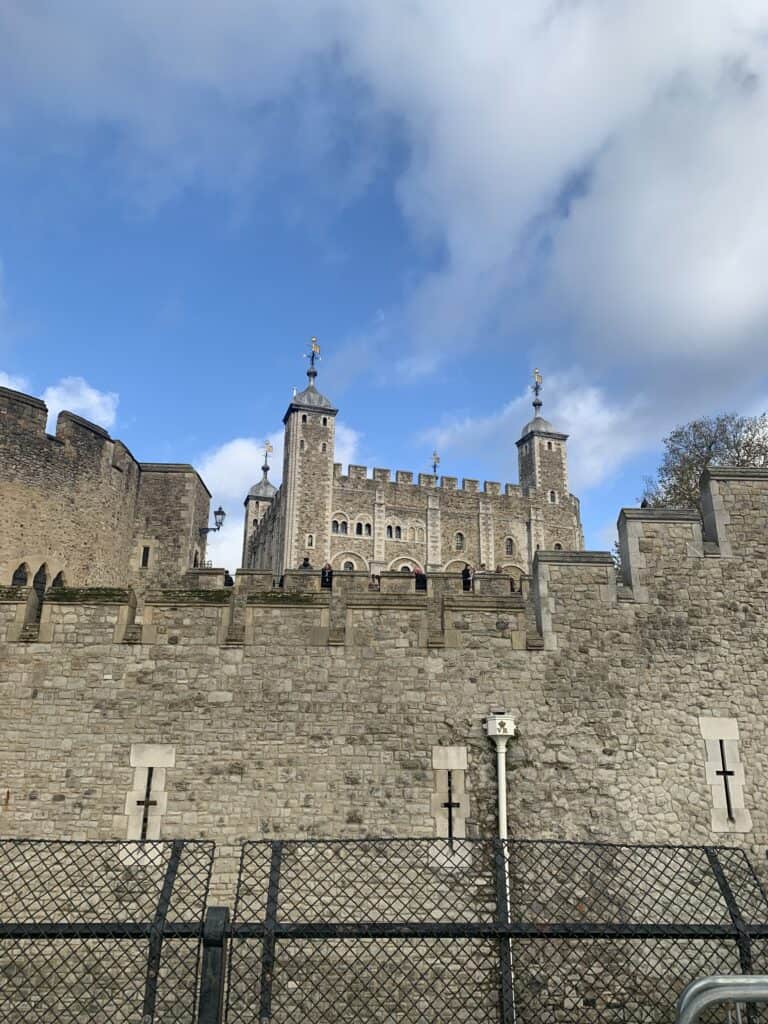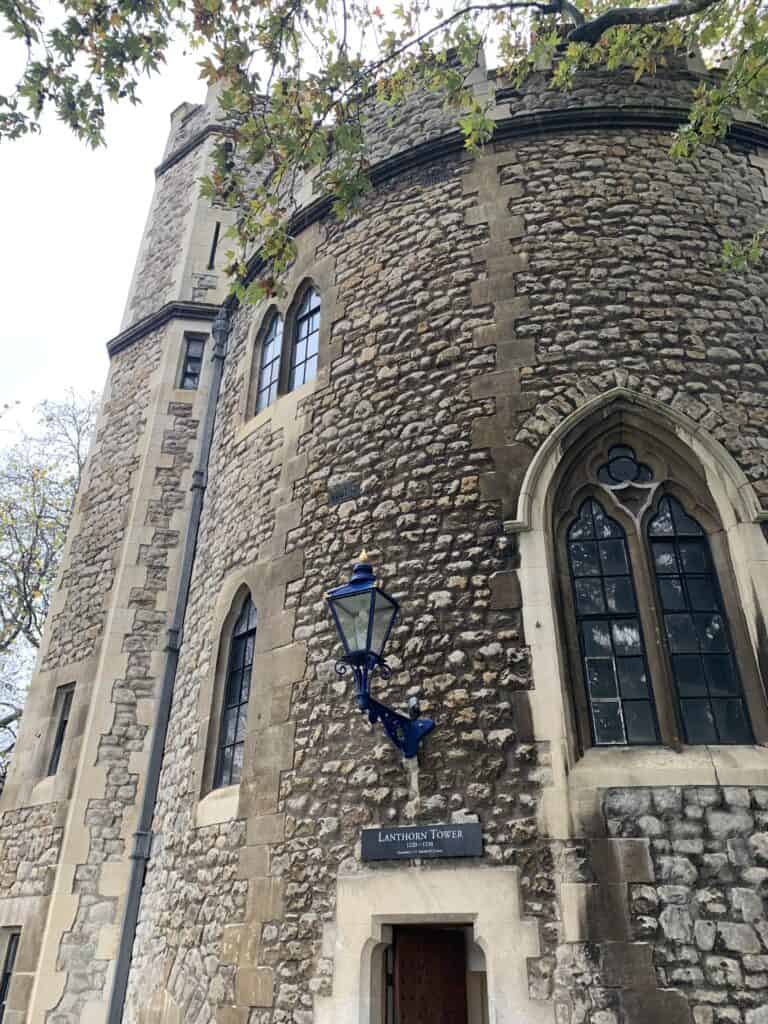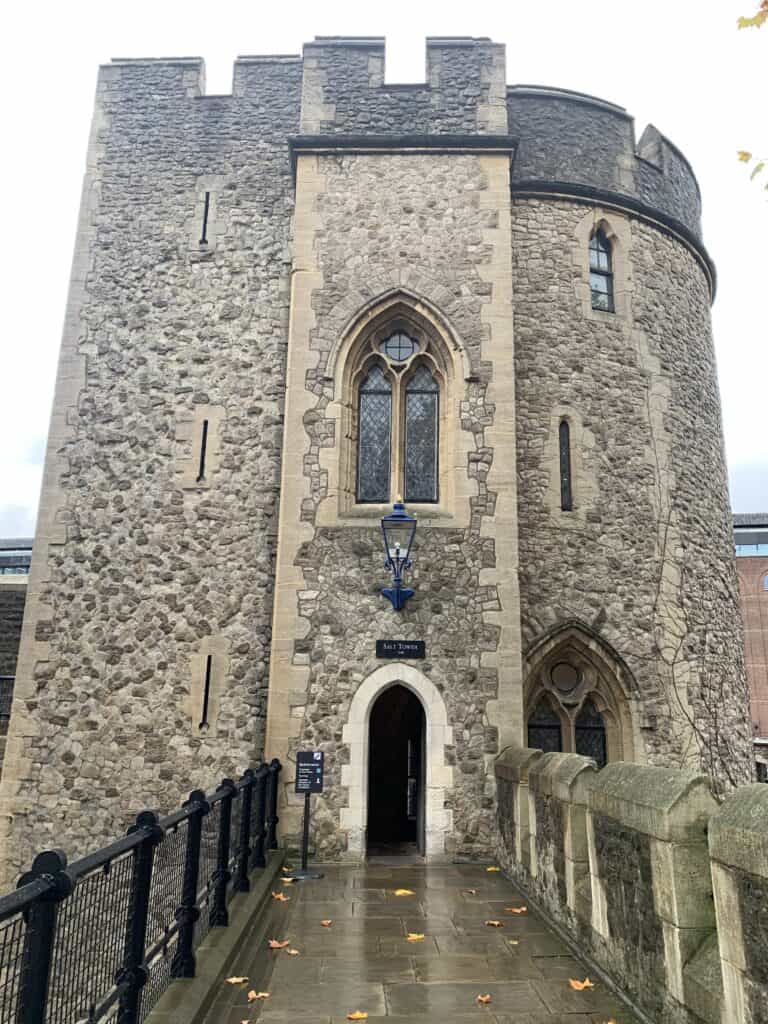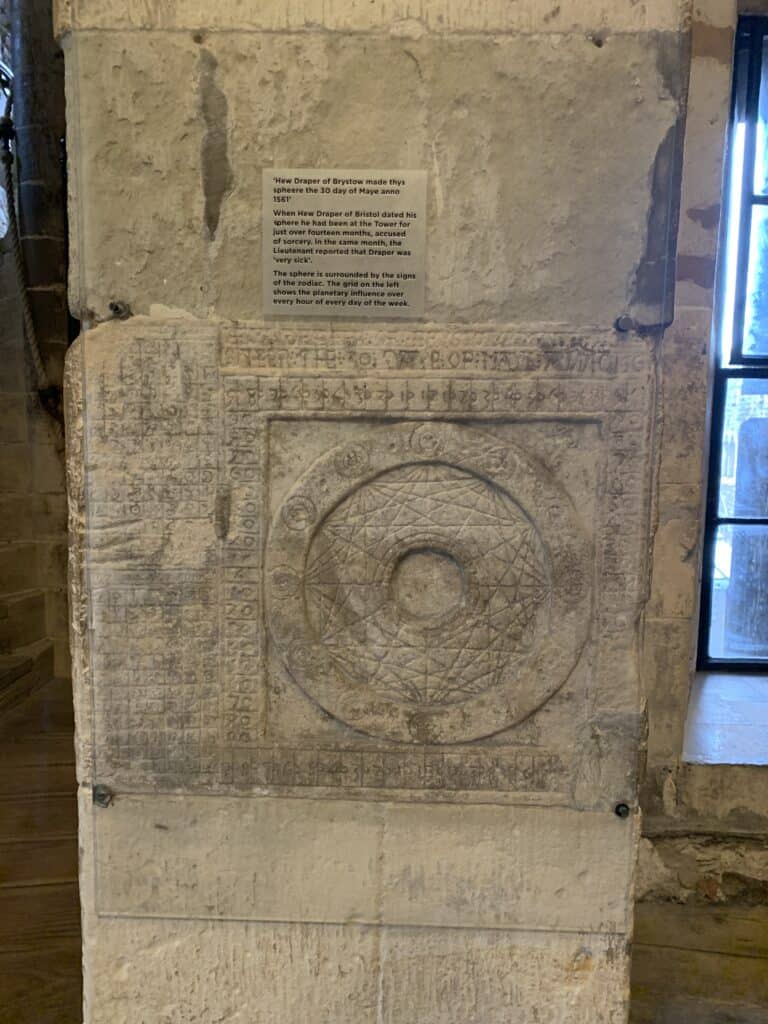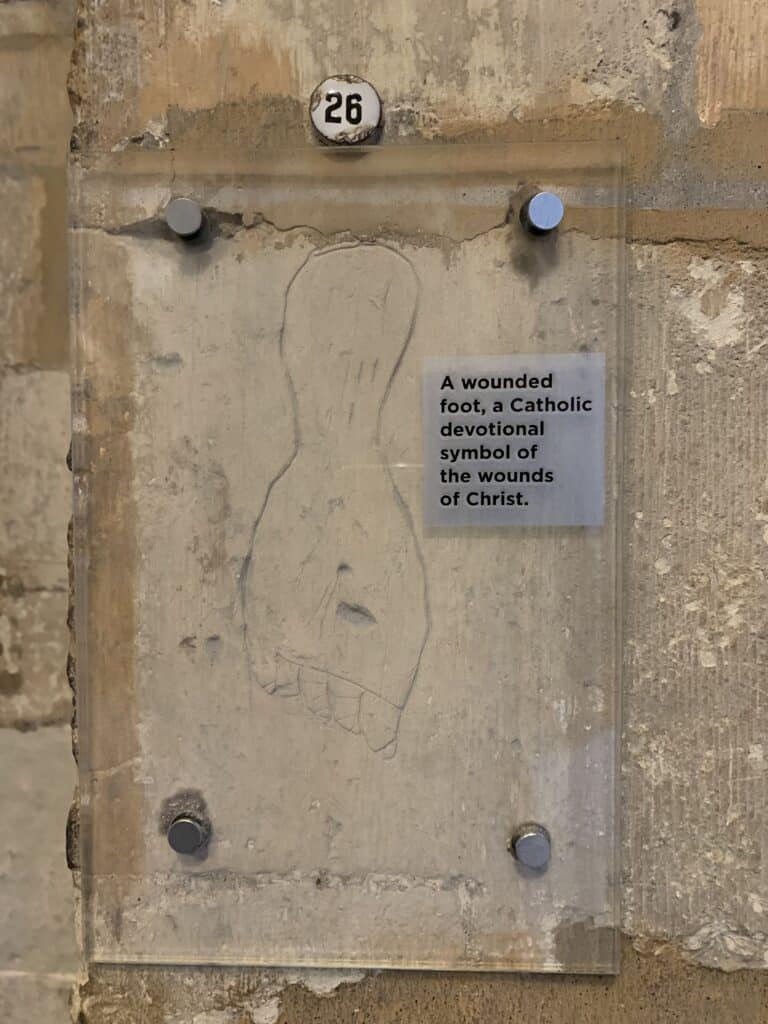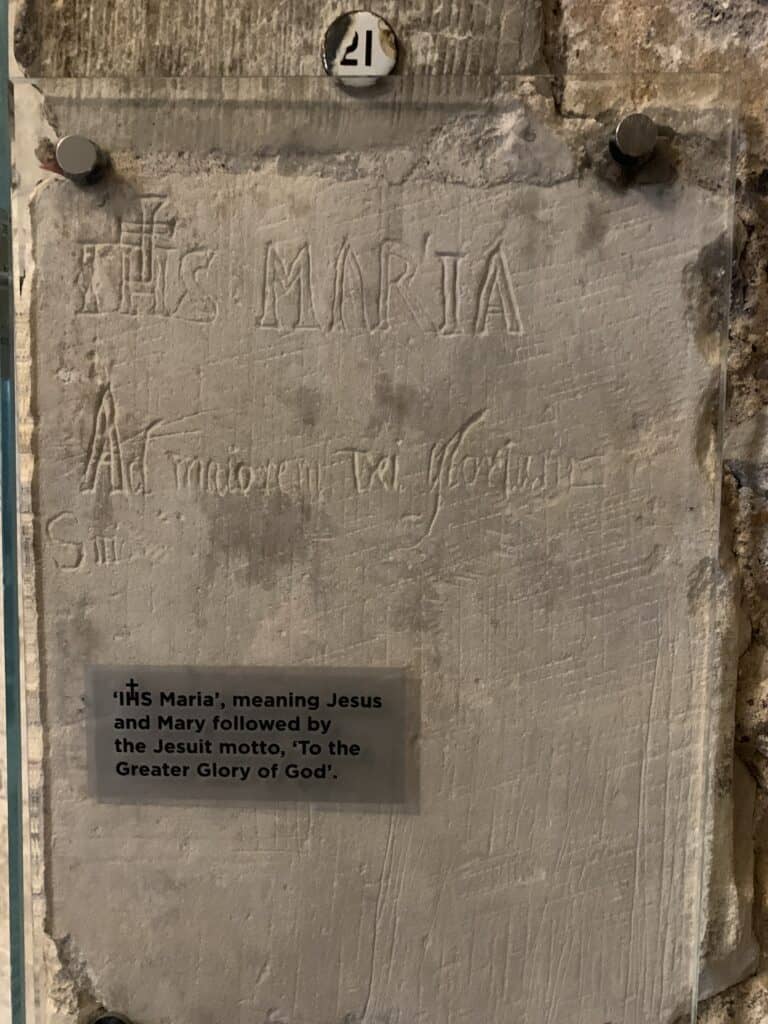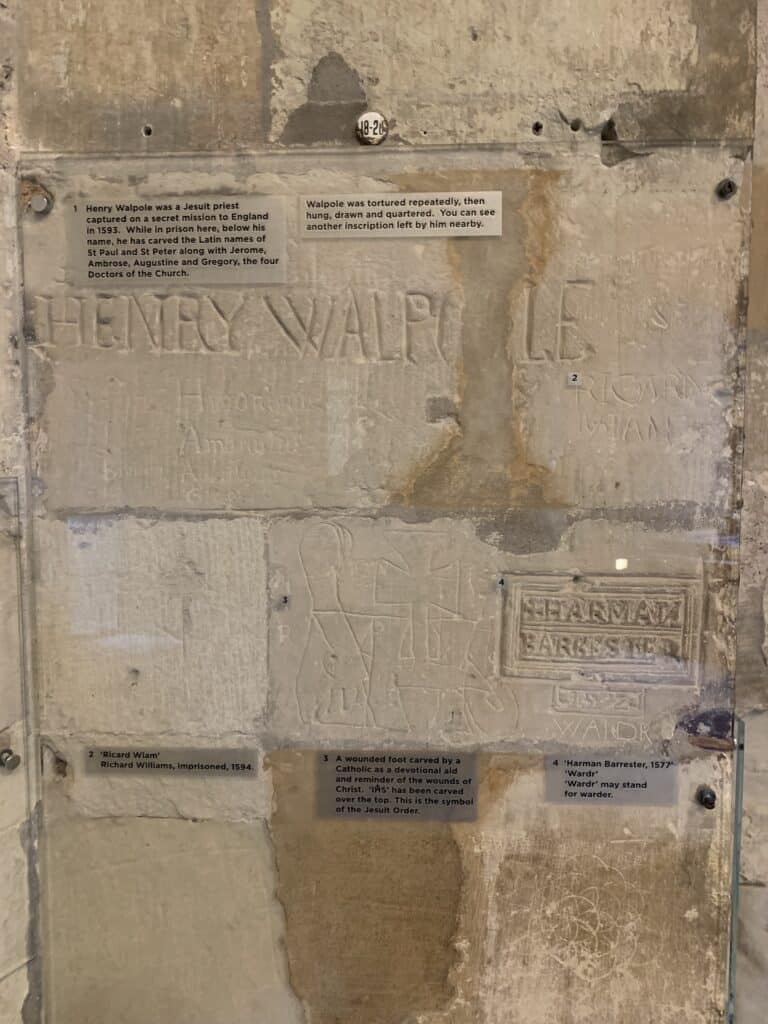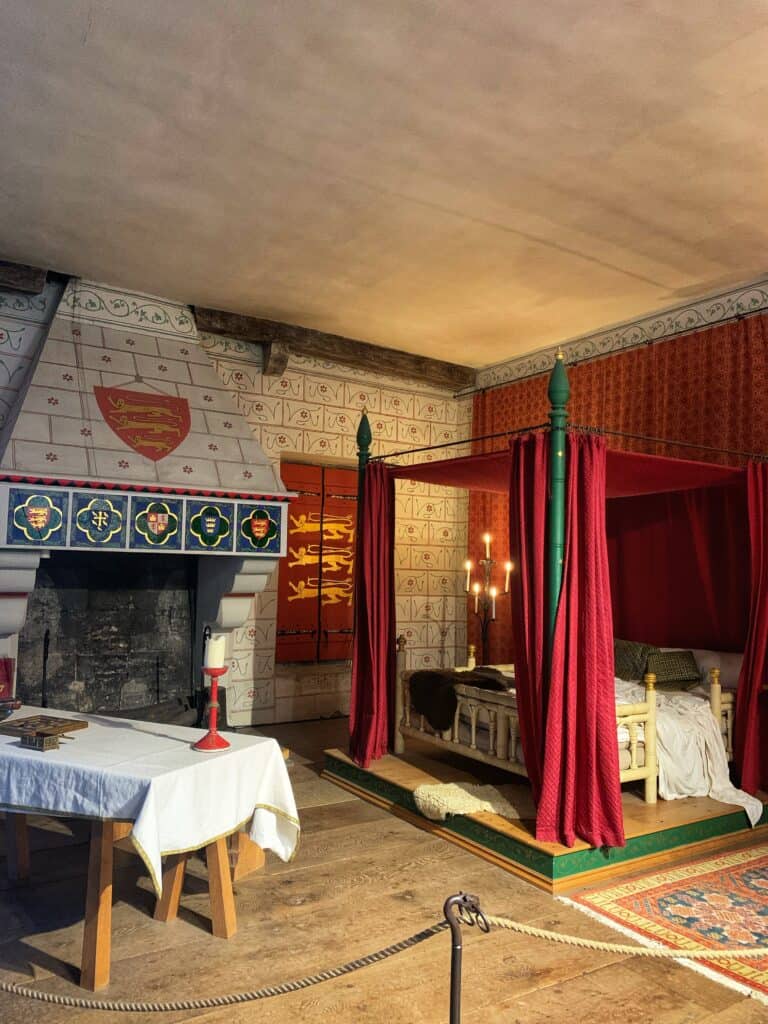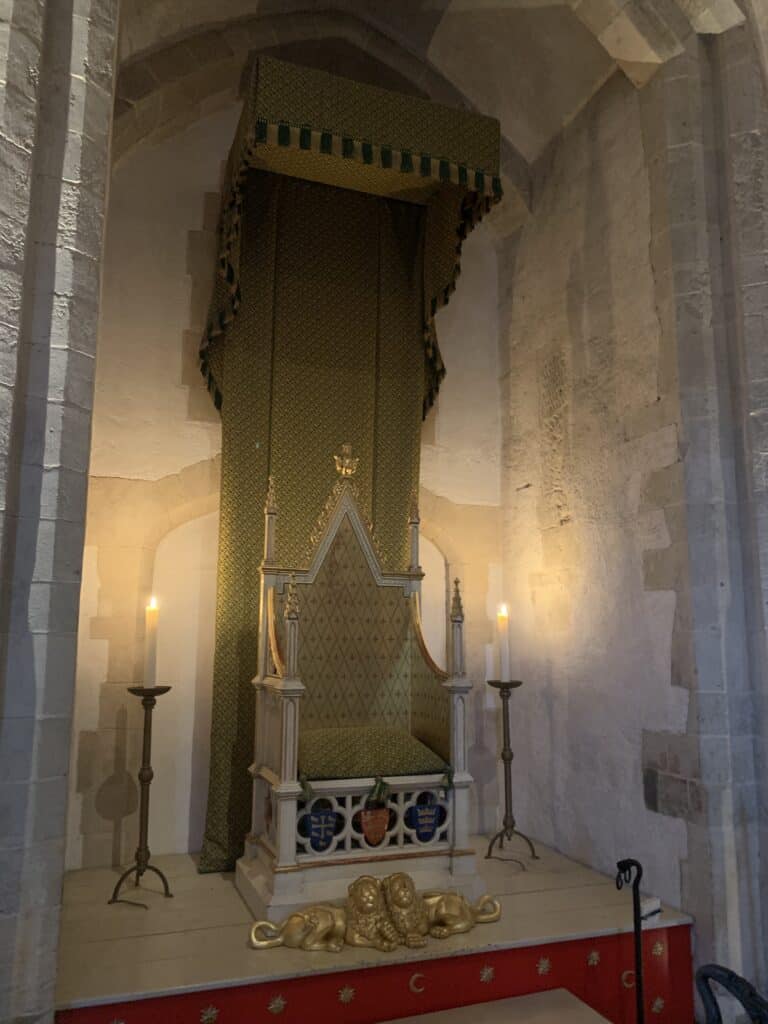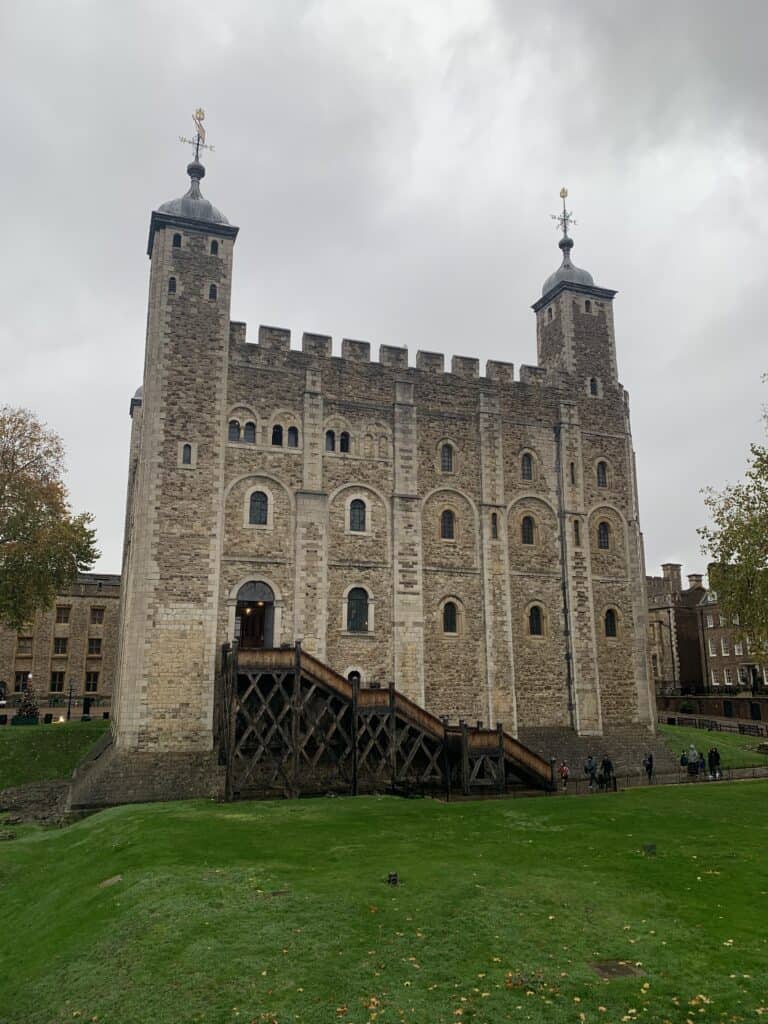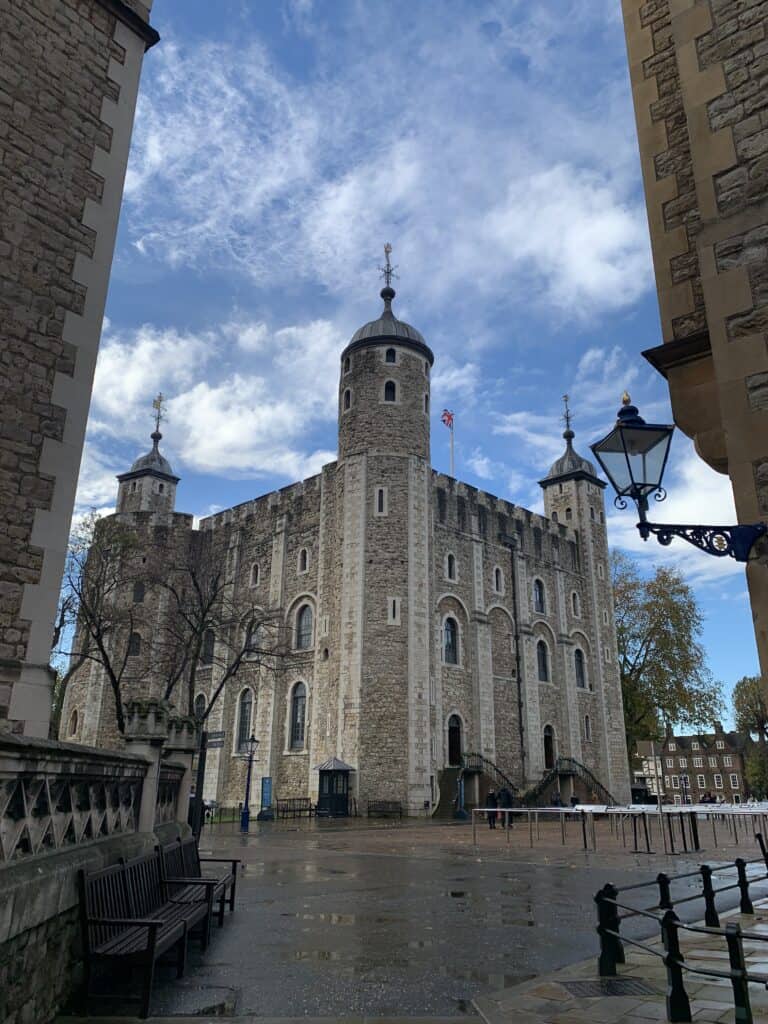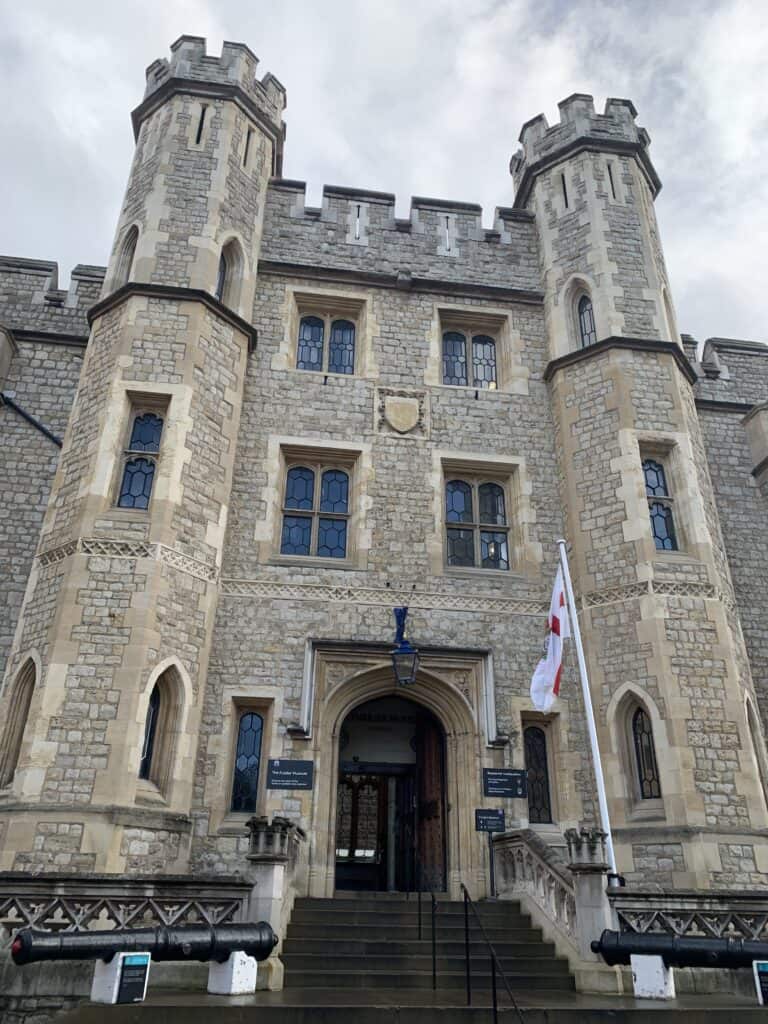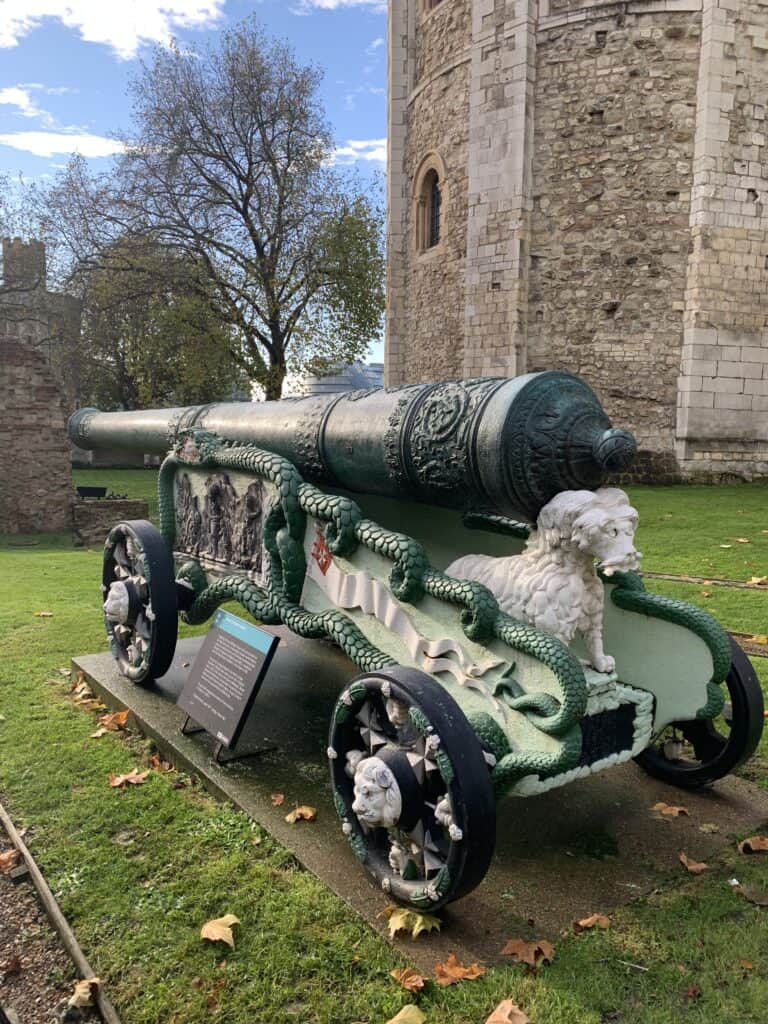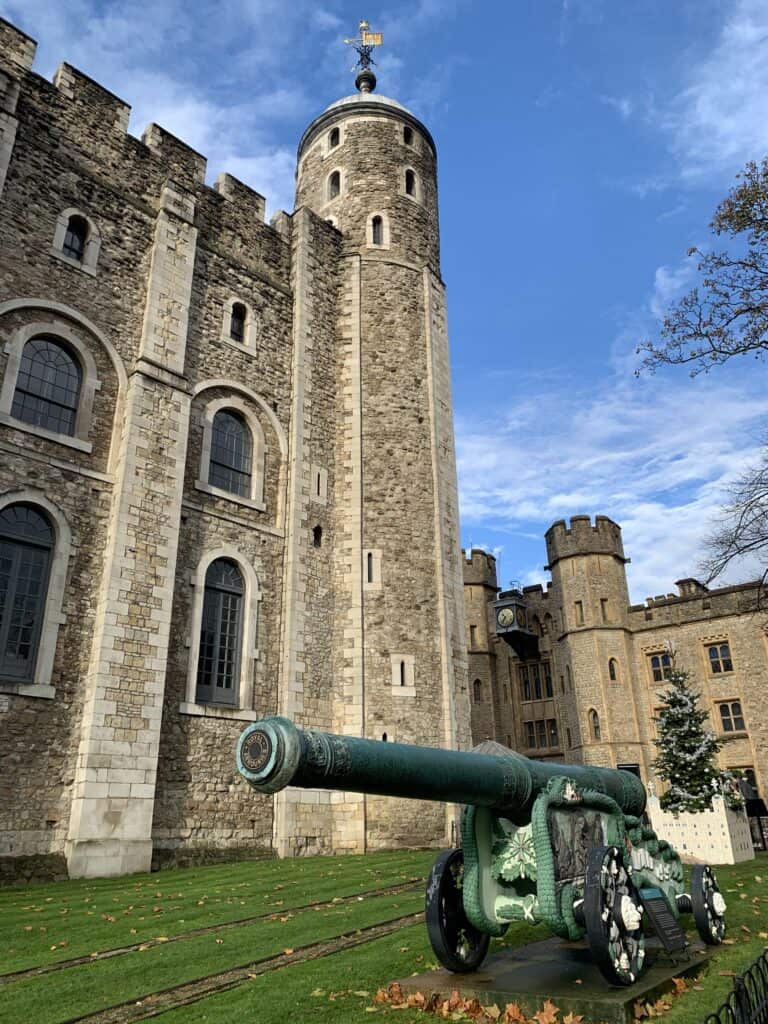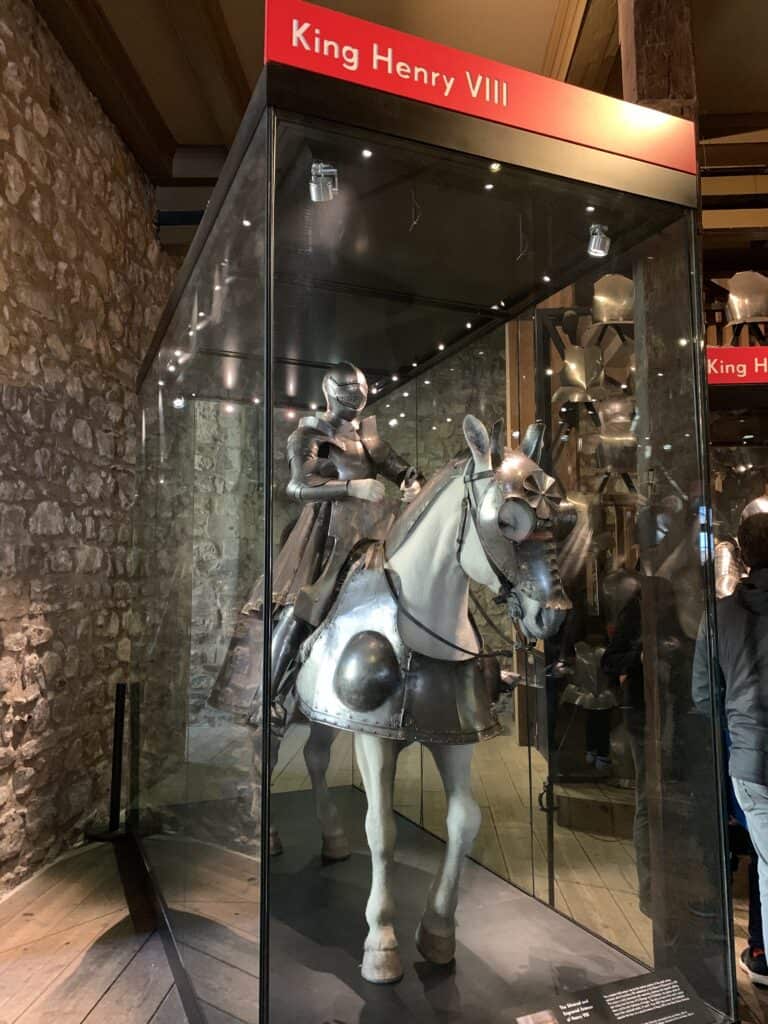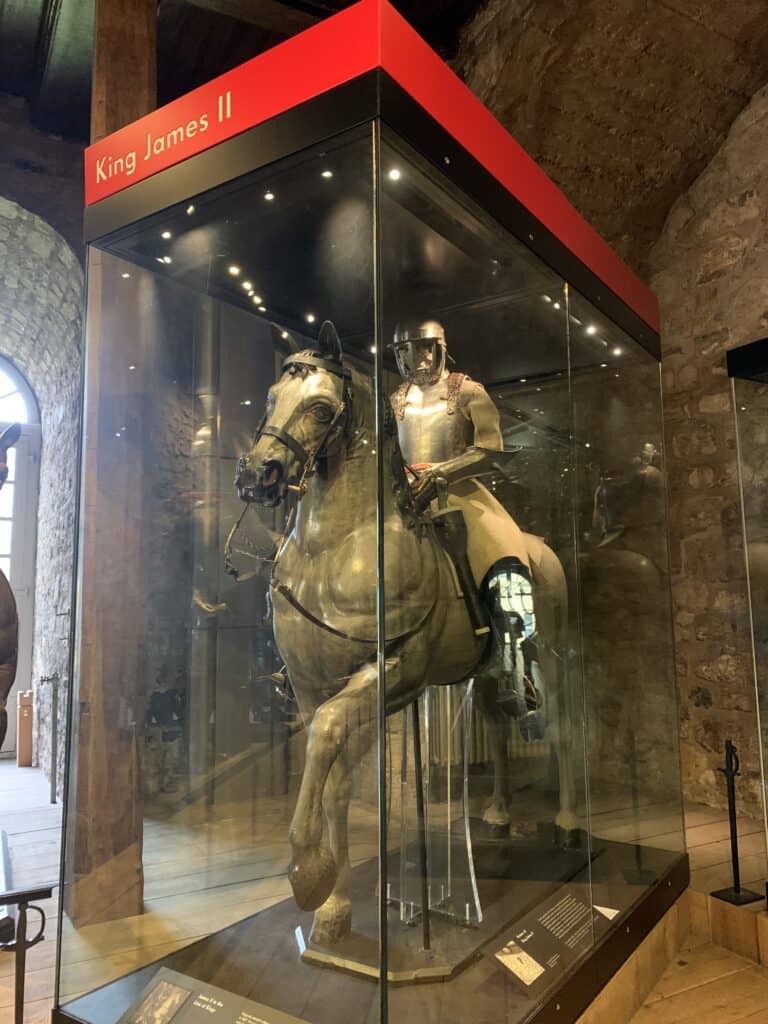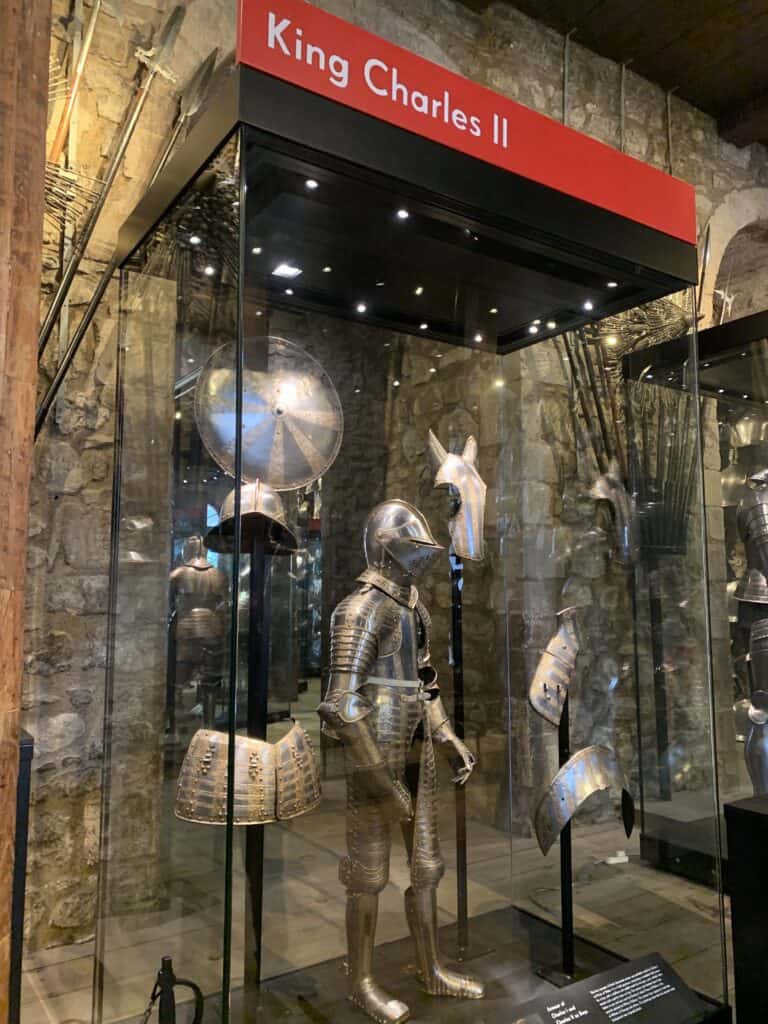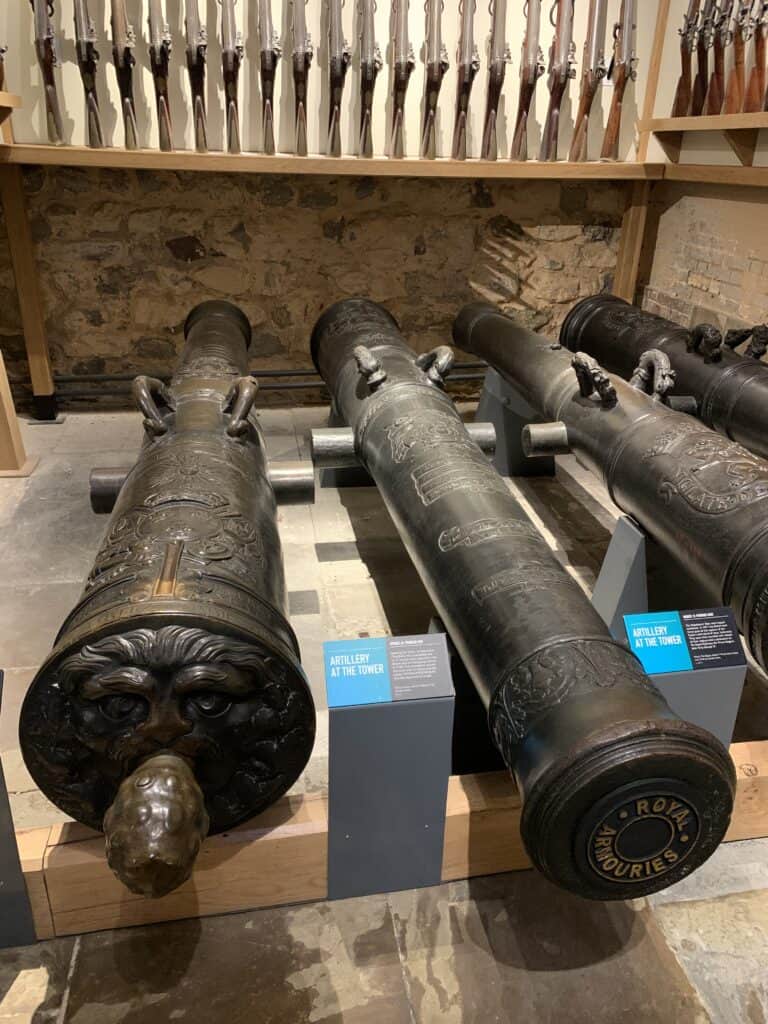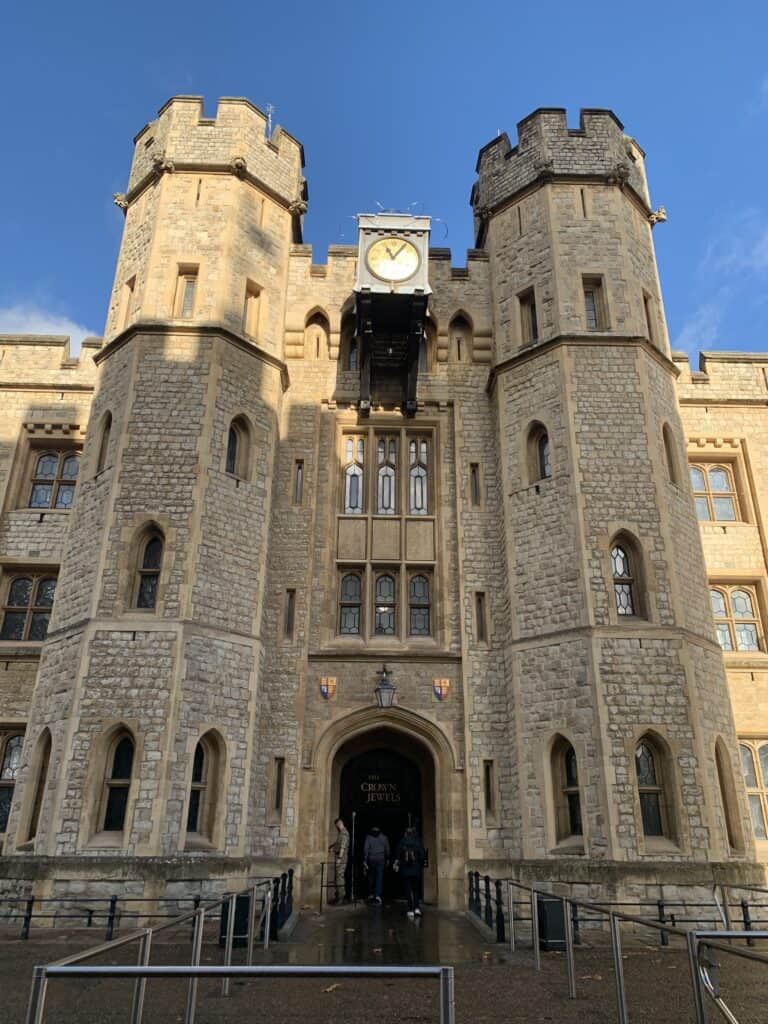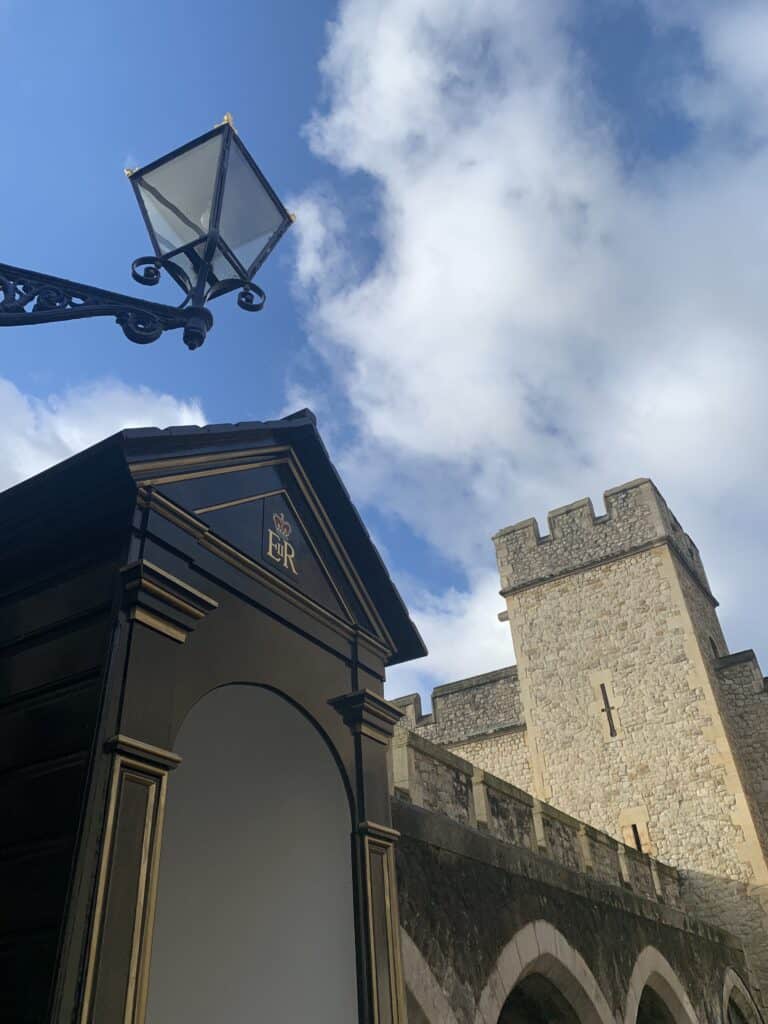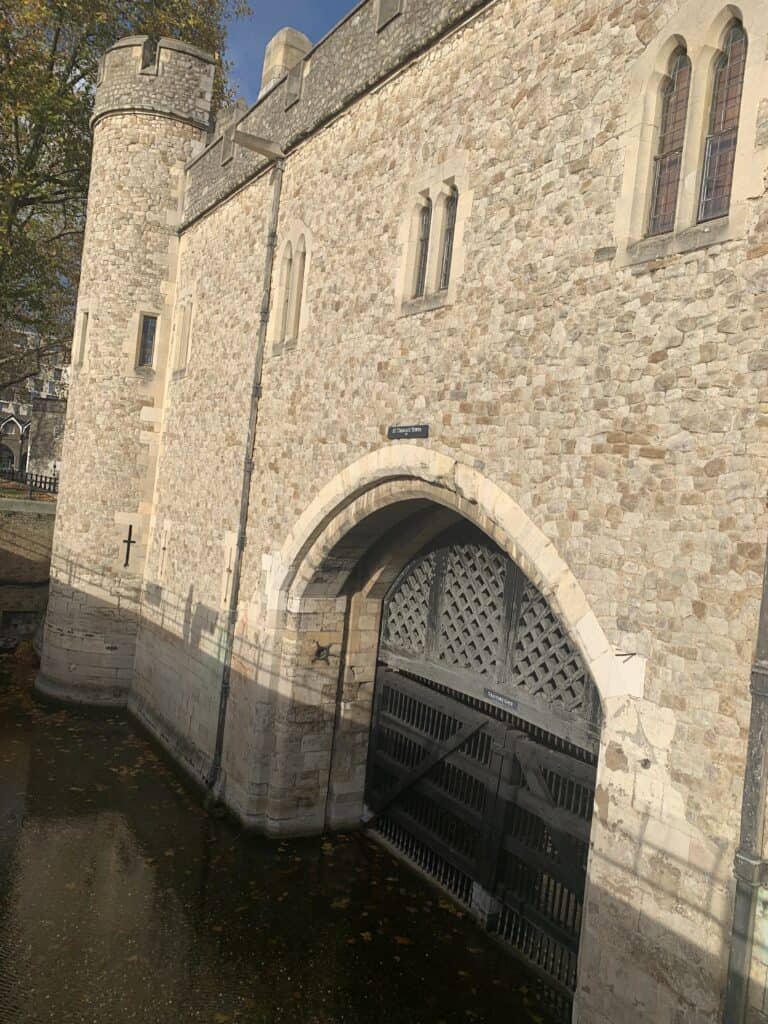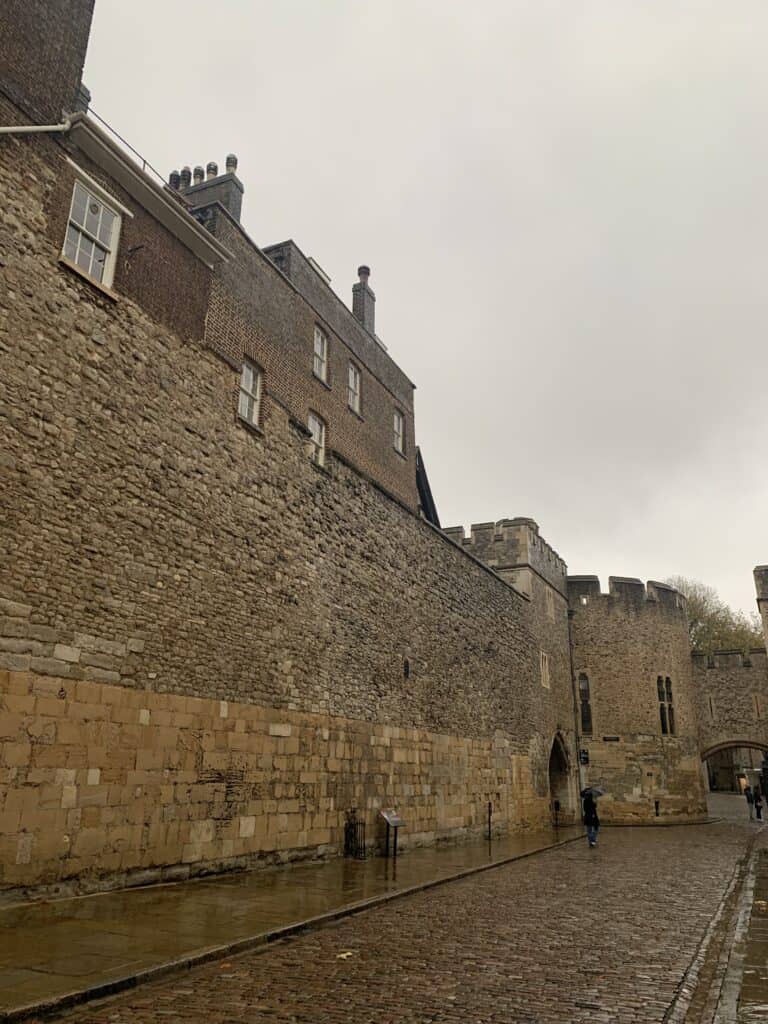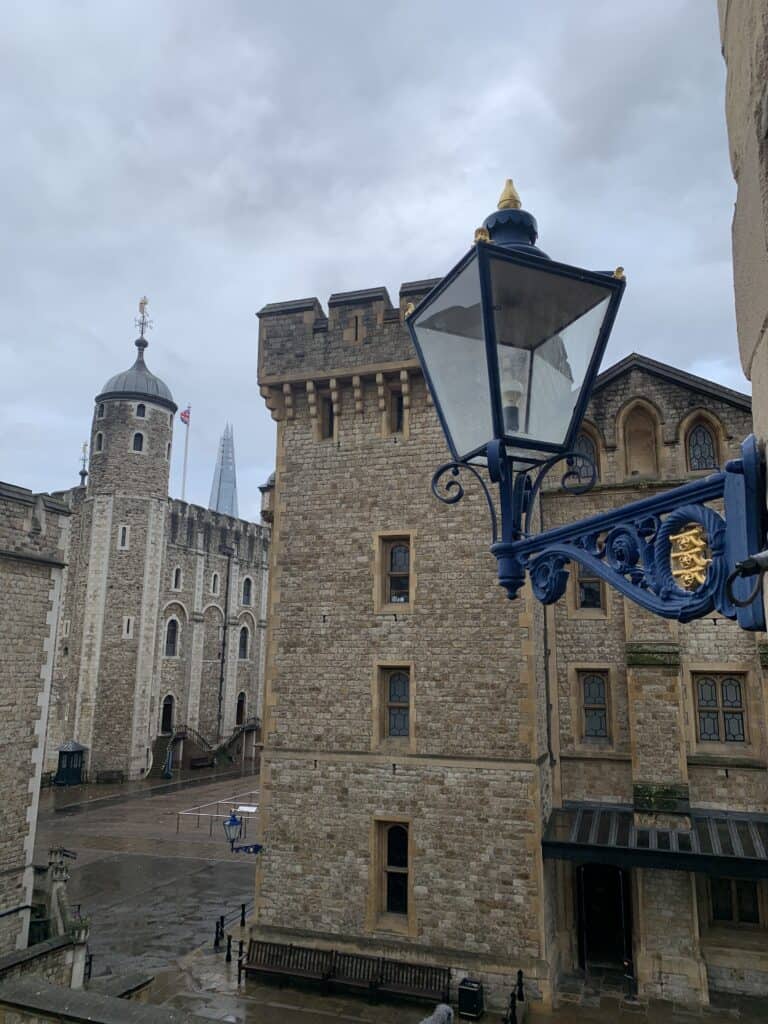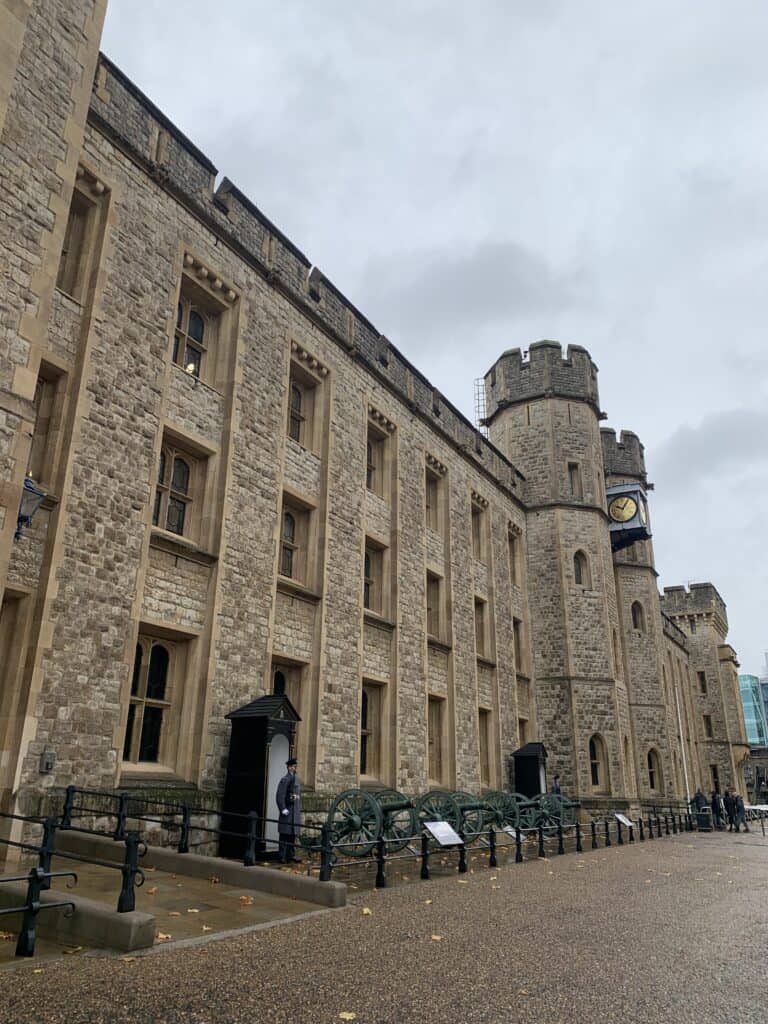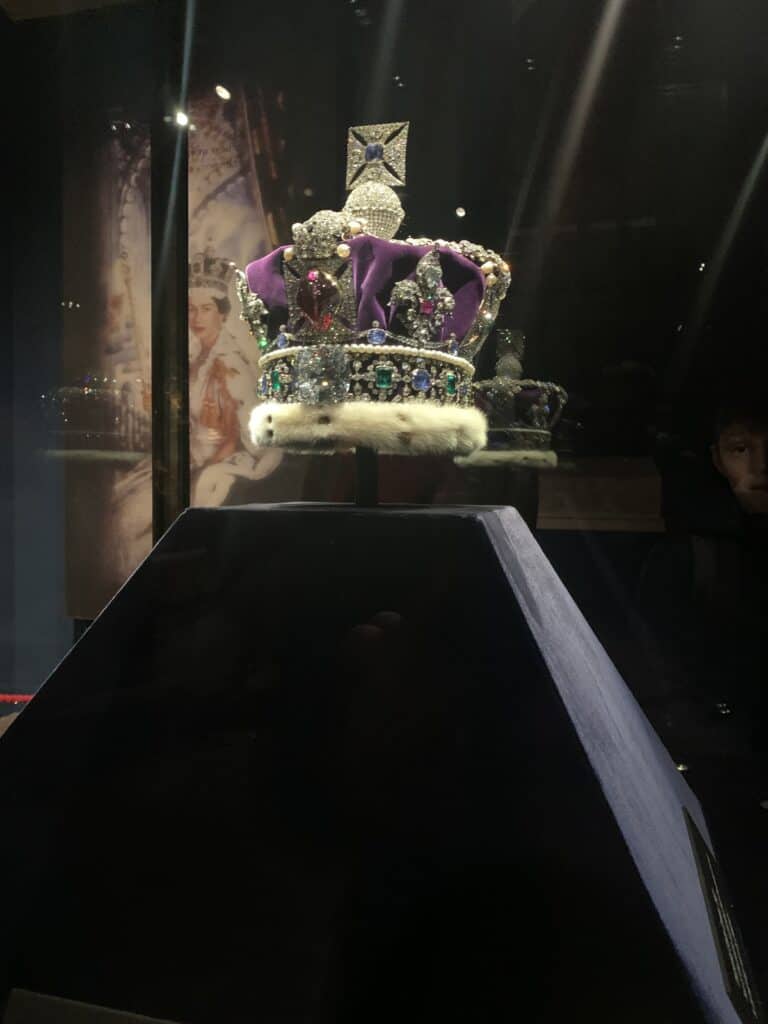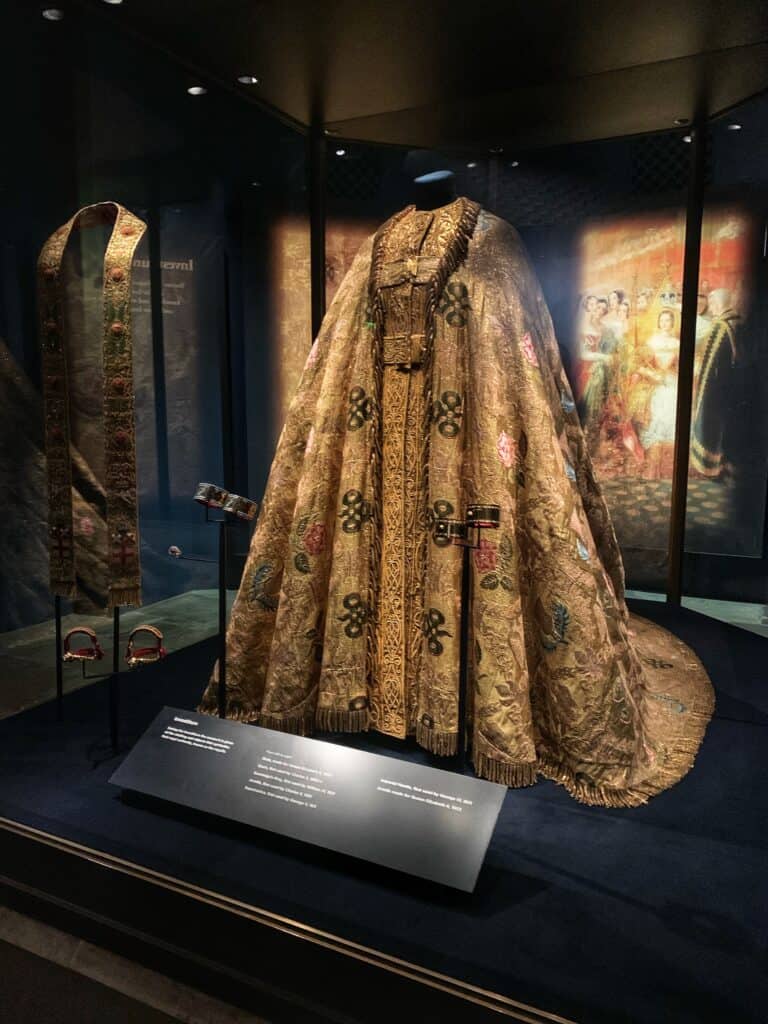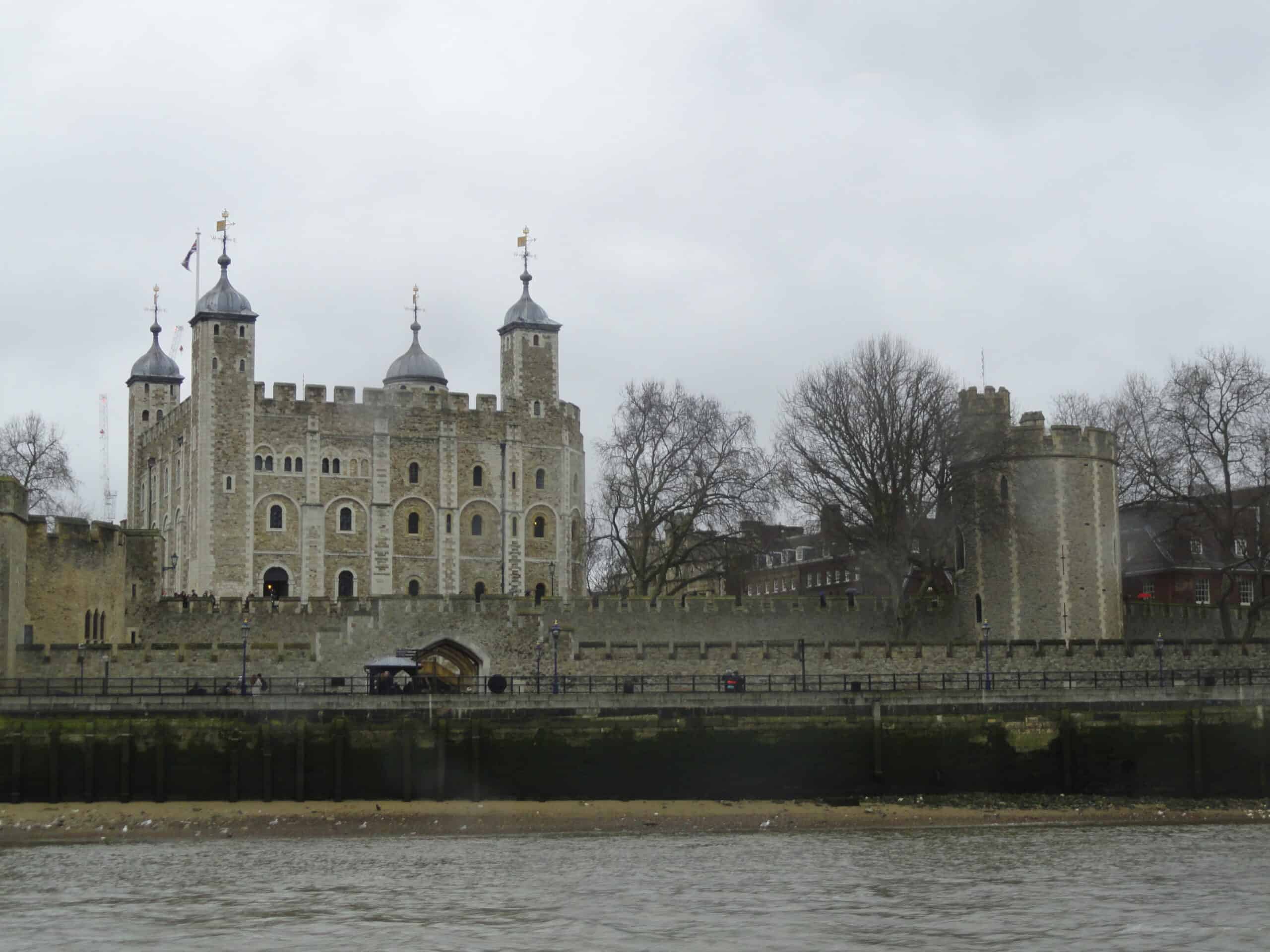
The Tower of London, built in 1066 by William the Conqueror, was in the Middle Ages the residence of the English Kings and Queens, but also armory, fortress but above all fearsome prison and theater of bloody executions.
The defensive complex has 21 towers and each of which is linked to different stories of prisoners and, often, of their mysterious death.
Many illustrious prisoners were imprisoned here, such as the English navigator and poet Sir Walter Raleigh and the wives of King Henry VIII: Anne Boleyn and Catherine Howard.
Tower of London is divided into many sections, but the main ones are the White Tower and the Jewel House.
The White Tower, the oldest structure in the complex, dates back to the eleventh century. Inside it houses the Chapel of St. John the Evangelist and the “Line of Kings” Museum with the collection of over 300 years of medieval English military history with the exhibition of weapons and armor.
In the Jewel House there are the English Crown Jewels which are still regularly used on the occasion of important national ceremonies such as the opening of Parliament. The collection consists of pieces that constitute the most beautiful jewels in the world such as:
- Edward’s Crown used in all the coronations of English sovereigns
- the Imperial State Crown, with over 2700 diamonds and other precious stones and adorned with one of the two “Stars of Africa”, carved from the largest diamond ever found: the Cullinan. Today this crown is used during the opening ceremony of the English Parliament
- the Imperial Indian Crown, Indian imperial crown, equipped with an emerald of over 34 carats and studded with about 6000 diamonds
- Queen Elizabeth’s Crown, with the famous 108-carat diamond
- the Royal Sceptre, in which the second “Stars of Africa” is set
In the Tower of London there are since 1485 the Beefeaters, ceremonial guardians who historically are responsible for the custody of the Crown Jewels and the control of prisoners.
In the complex there are also other defenders: the Royal Ravens. Always protectors of the British Crown and the Empire, these birds are at the center of a historical legend: if they were to be lost or fly away from the Tower of London, the Crown and the United Kingdom would capitulate.
Since 1988 the Tower of London has been declared a UNESCO World Heritage Site and is one of the most important attractions in the English capital with over 2 million visitors each year.

